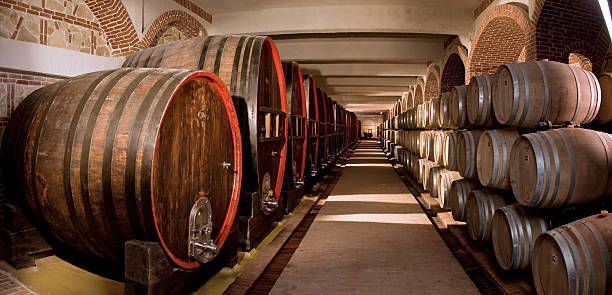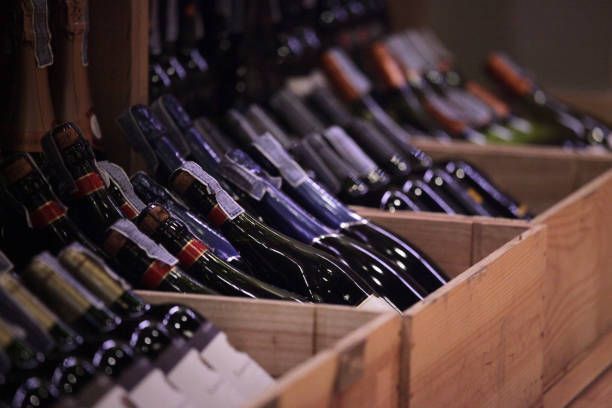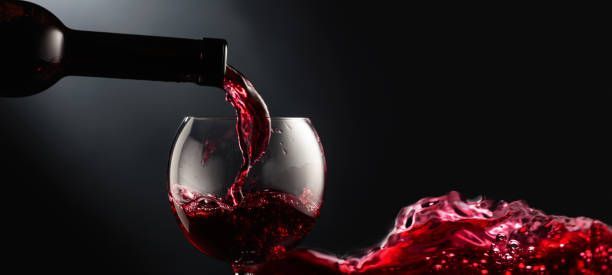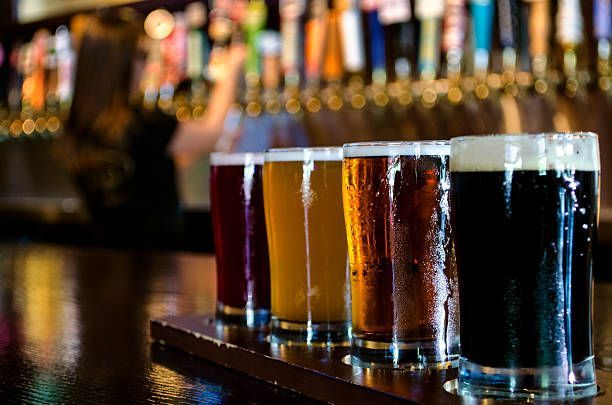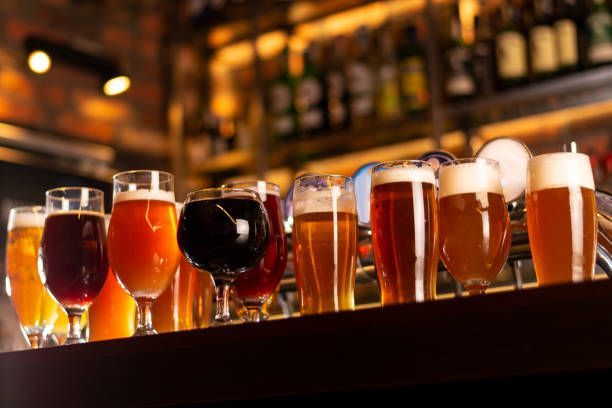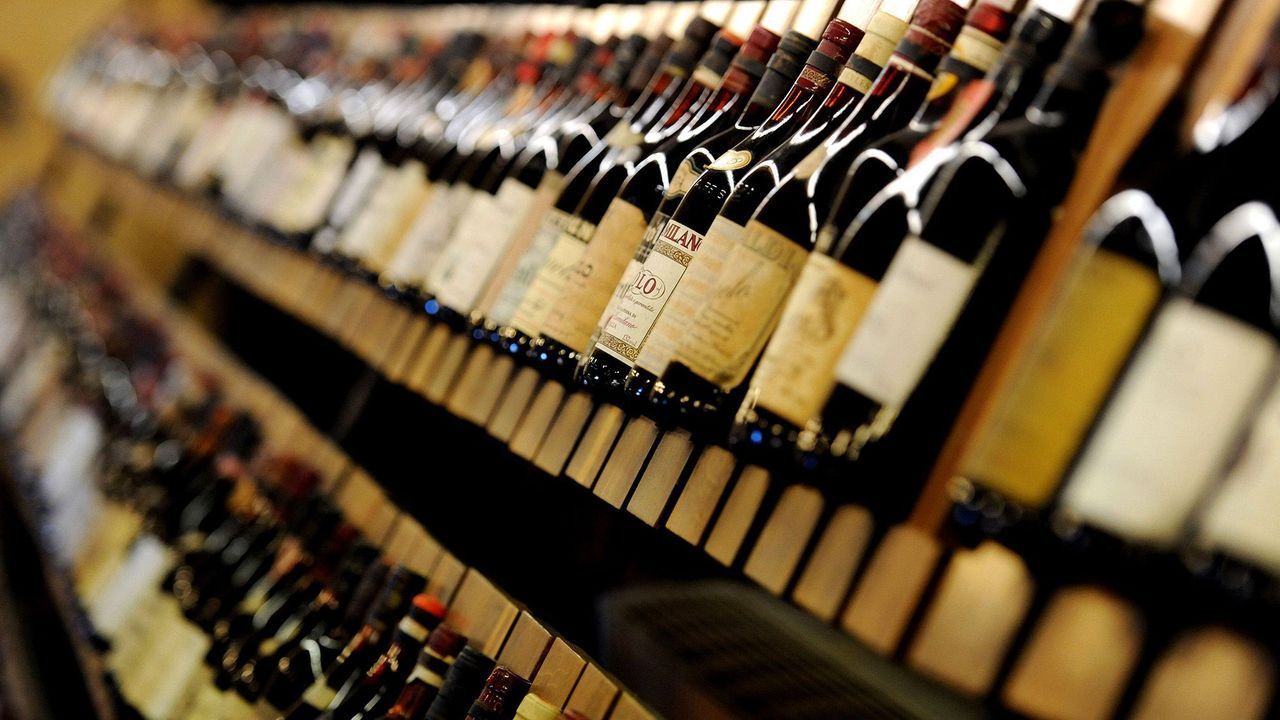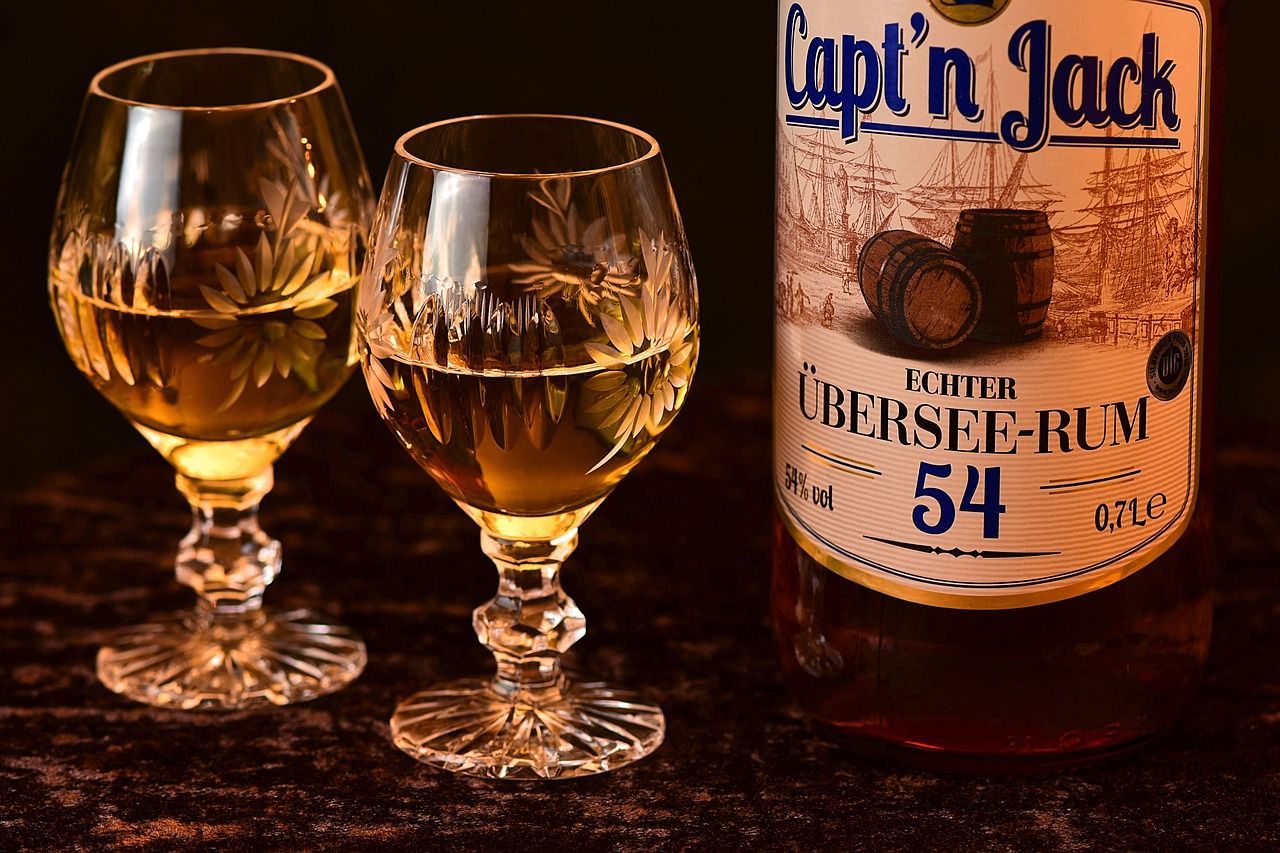Sipping Through the Art of Distillation: An Exploration of the World's Most Popular Spirits
Distilled spirits, also known as liquor, have been a staple in the world of alcoholic beverages for centuries. From whiskey to vodka, rum to gin, distilled spirits are enjoyed by people all over the world. But what exactly are distilled spirits, and how are they made? In this comprehensive guide, we’ll explore the world of distilled spirits and delve into the production process from start to finish.
Distilled spirits are alcoholic beverages that are produced through the process of distillation. Distillation is a method of separating the alcohol from the other components of the fermented mixture, such as water and impurities, by heating the mixture to boiling point and then collecting the vapor. The vapor is then condensed back into a liquid, which is the distilled spirit.
The purpose of distillation is to produce a higher-alcohol content beverage than what is produced through fermentation alone. Fermentation is the process of converting sugar into alcohol, and it typically results in an alcohol content of around 10% - 15%. Distillation increases the alcohol content to 40% or higher, depending on the desired outcome.
In addition to increasing alcohol content, distillation also helps to remove impurities and produce a cleaner, smoother taste. The final product can be aged in barrels to develop more complex flavors and aromas or used immediately in cocktails or other mixed drinks. Understanding the production process of distilled spirits can enhance your appreciation and enjoyment of these popular beverages.
Raw Materials Used in Distilled Spirit Production
The raw materials used in distilled spirit production vary depending on the type of spirit being produced. From grains to fruits, vegetables to sugars, each type of distilled spirit requires specific raw materials to achieve its unique flavor profile. In this section, we’ll explore the most commonly used raw materials in distilled spirit production.
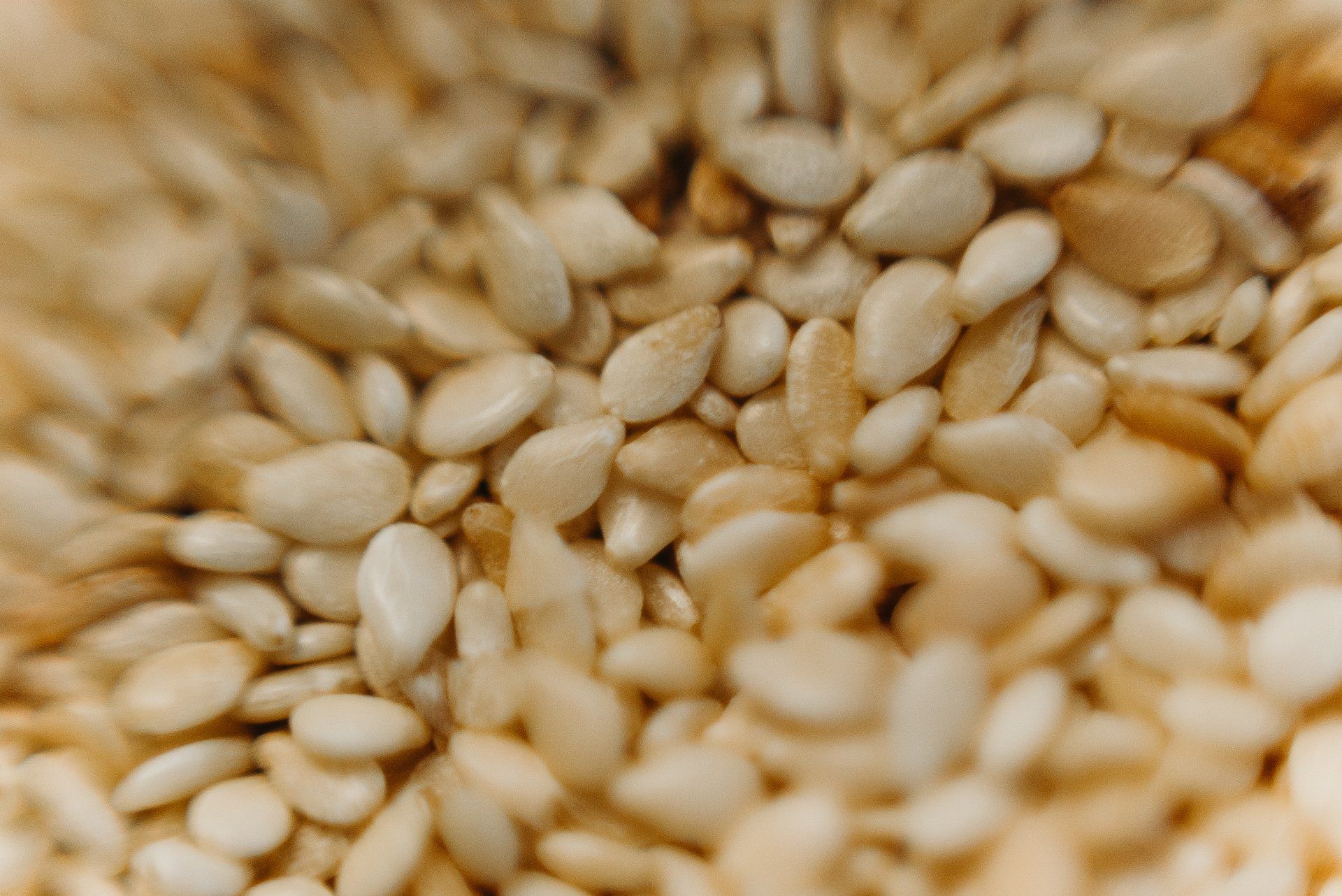
Grains
Grains are the primary raw material used in the production of whiskey. The most widely used grain is corn, but other grains, such as wheat, barley, rye, and oats, can also be used. The grains are first converted into a mash, which is a mixture of ground grains and water, and then fermented to produce a low-alcohol content liquid.
Whiskey is a type of distilled spirit that is made from a mash of fermented grains. The type of grain used, as well as the distillation process and aging process, determine the final flavor of the whiskey. For example, bourbon, a type of whiskey, is made from a mash of at least 51% corn, while rye whiskey is made from a mash of at least 51% rye.
Fruits
Fruits, such as grapes, apples, and peaches, are used in the production of brandy. Brandy is made by distilling wine, which is a fermented mixture of crushed fruit and water. The type of fruit used, as well as the distillation process, determine the final flavor of the brandy. For example, cognac, a type of brandy, is made from distilled grapes, while apple brandy is made from distilled apples.
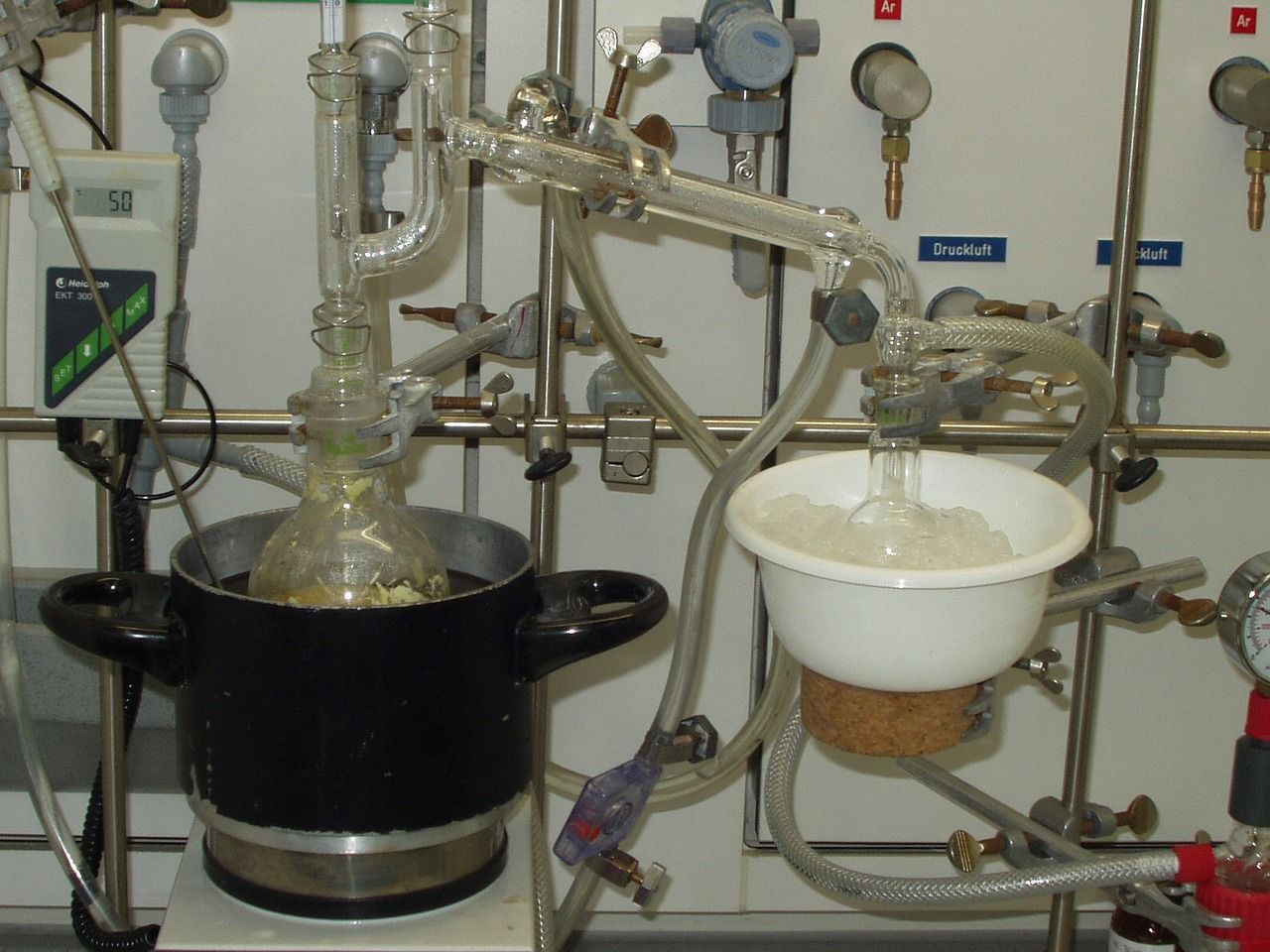
Vegetables
Vegetables, such as potatoes, are used in the production of vodka. Vodka is made by distilling a mixture of fermented potatoes and water. The type of vegetable used, as well as the distillation process, determine the final flavor of the vodka. Potato vodka is made from distilled potatoes, while grain vodka is made from distilled grains, such as corn or wheat.
The raw materials used in distilled spirit production play a significant role in determining the final flavor of the spirit. From grains to fruits, vegetables to sugars, each type of distilled spirit requires specific raw materials to achieve its unique flavor profile. The next time you enjoy a glass of whiskey, brandy, or vodka, take a moment to appreciate the raw materials and the care and attention that went into producing each bottle of distilled spirit.
Sugars
Sugars, such as sugar cane or molasses, are used in the production of rum. Rum is a type of distilled spirit that is made by distilling a mixture of fermented sugar cane or molasses and water. The type of sugar used, as well as the distillation process and aging process, determine the final flavor of the rum.
Sugar cane is a tall tropical grass that is native to Southeast Asia. The juice from the sugar cane is extracted and fermented to produce a low-alcohol content liquid, which is then distilled to produce rum. Molasses, a byproduct of the sugar refining process, is also used in the production of rum.
The type of rum produced depends on the type of sugar used and the distillation process. For example, light rum is made from distilled sugar cane juice and has a mild, smooth flavor, while dark rum is made from distilled molasses and has a rich, robust flavor.
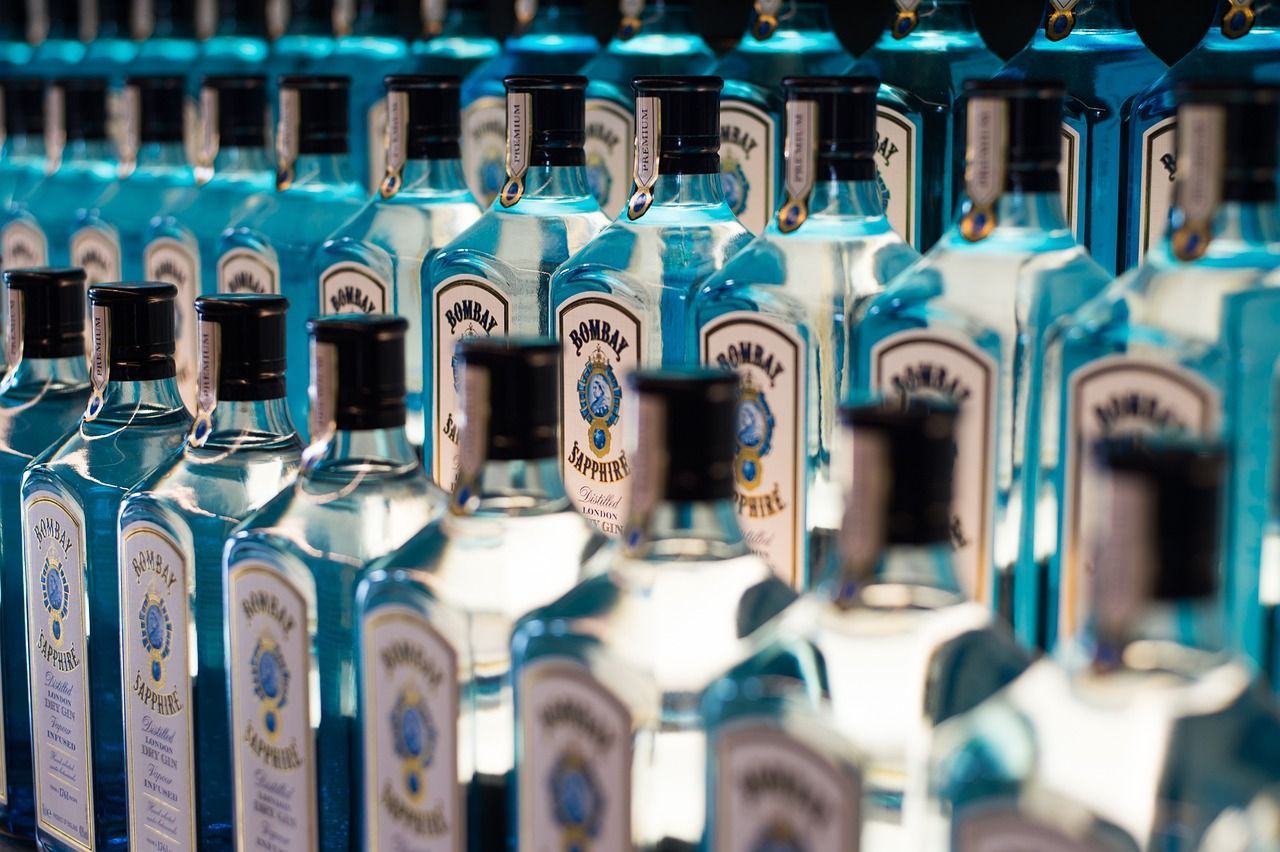
How Each Spirit is Made
In this section, we’ll explore how each type of distilled spirit is made, including whiskey, vodka, rum, gin, tequila, and brandy.
Whiskey
Whiskey is a type of distilled spirit that is made from a mash of fermented grains. The most commonly used grain is corn, but other grains, such as wheat, barley, rye, and oats, can also be used. The grains are first converted into a mash, which is a mixture of ground grains and water, and then fermented to produce a low-alcohol content liquid.
The wash is then distilled to produce the distilled spirit. The distilled spirit is then aged in oak barrels for a period of time, which can range from a few years to several decades. During the aging process, the spirit takes on the flavors and characteristics of the oak barrel, and the alcohol content may be reduced.
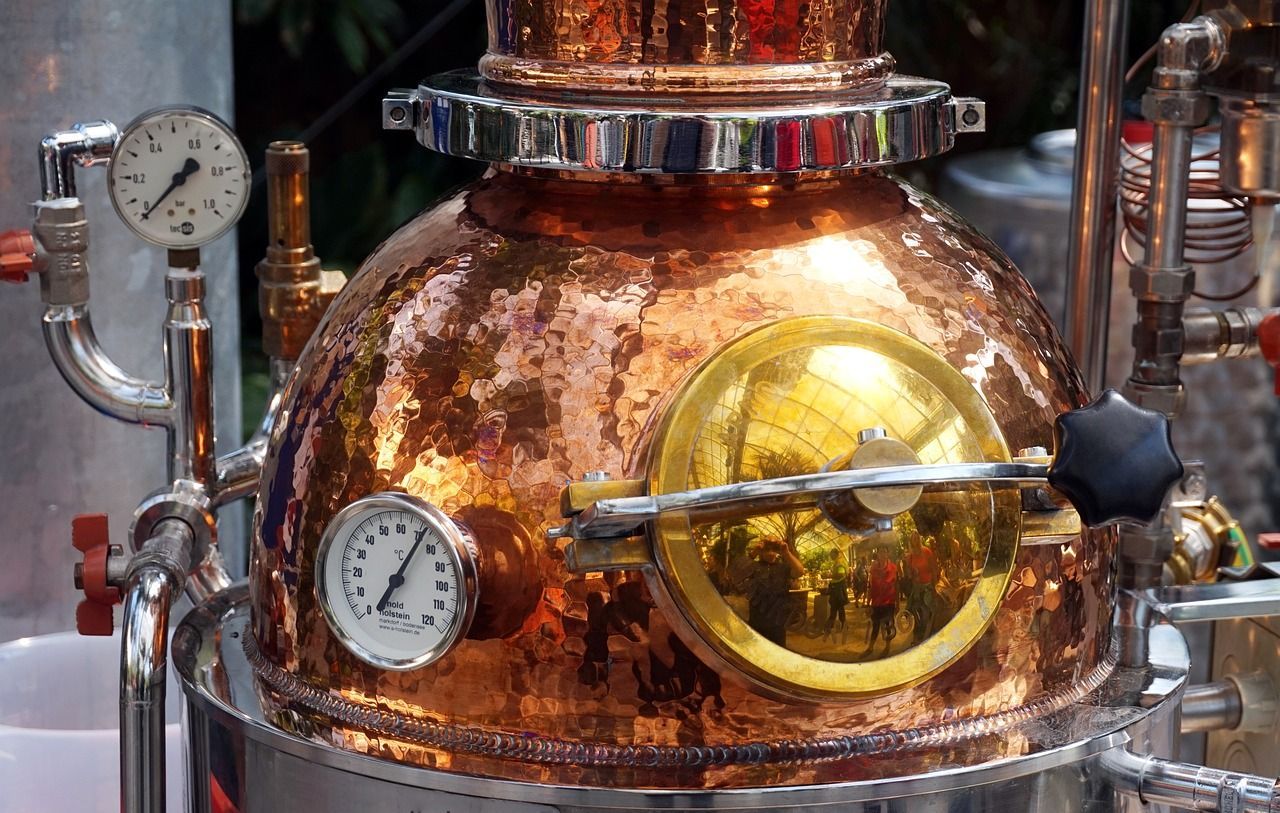
Vodka
Vodka is a type of distilled spirit that is made by distilling a mixture of fermented potatoes and water. The mixture is distilled to produce the distilled spirit, which is then filtered to remove impurities and to achieve a smooth, neutral flavor. Vodka is typically bottled without aging, although some premium vodkas may be aged for a short period of time.
Rum
Rum is a type of distilled spirit that is made by distilling a mixture of fermented sugar cane or molasses and water. The type of sugar used, as well as the distillation process and aging process, determine the final flavor of the rum.
The fermented mixture is distilled to produce the distilled spirit, which is then aged in oak barrels for a period of time. During the aging process, the spirit takes on the flavors and characteristics of the oak barrel, and the alcohol content may be reduced.
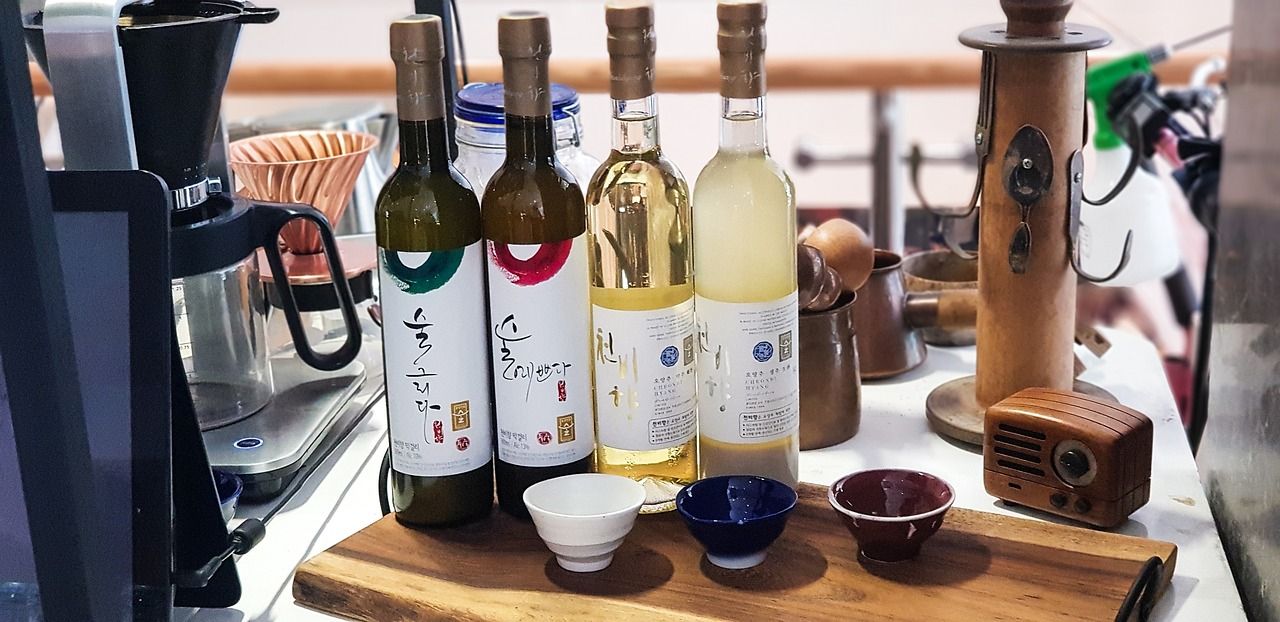
Gin
Gin is a type of distilled spirit that is made by distilling a mixture of fermented grain and juniper berries. The juniper berries provide gin with its distinctive flavor, and other botanicals, such as coriander, angelica root, and lemon peel, may be added to achieve a specific flavor profile.
The fermented mixture is distilled to produce the distilled spirit, which is then filtered to remove impurities. The filtered spirit is then blended with other spirits, if necessary, to achieve the desired flavor profile.
Tequila
Tequila is a type of distilled spirit that is made from the blue agave plant. The blue agave is harvested and the heart of the plant, known as the piña, is roasted and crushed to extract the juice. The juice is then fermented to produce a low-alcohol content liquid, which is then distilled to produce tequila.
Tequila is aged in oak barrels for a period of time, which can range from a few months to several years. During the aging process, the spirit takes on the flavors and characteristics of the oak barrel, and the alcohol content may be reduced.
Brandy
Brandy is a type of distilled spirit that is made by distilling wine, which is a fermented mixture of crushed fruit and water. The type of fruit used, as well as the distillation process, determine the final flavor of the brandy.
The wine is distilled to produce the distilled spirit, which is then aged in oak barrels for a period of time. During the aging process, the spirit takes on the flavors and characteristics of the oak barrel, and the alcohol content may be reduced.
The Distillation Process
The process of making distilled spirits can be broken down into four main steps: fermentation, distillation, aging, and blending and bottling. In this section, we’ll explore each step in detail.
In summary, distilled spirits are alcoholic beverages that are produced through the process of distillation, which separates the alcohol from the other components of the fermented mixture. The raw materials used in distilled spirit production vary depending on the type of spirit being produced, including grains, fruits, vegetables, and sugars. Each type of distilled spirit requires specific raw materials to achieve its unique flavor profile. The production process of distilled spirits involves fermentation, distillation, aging, and blending and bottling. Understanding the production process of distilled spirits can enhance your appreciation and enjoyment of these popular beverages. Whether you are a seasoned connoisseur or a newcomer to the world of distilled spirits, this guide provides a wealth of information that will help you to understand and appreciate the complexities of distilled spirit production.
